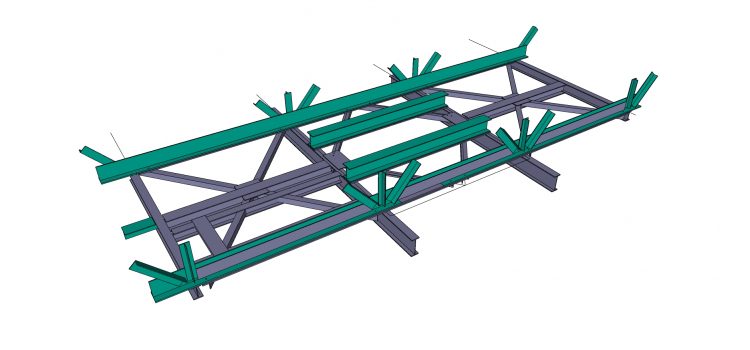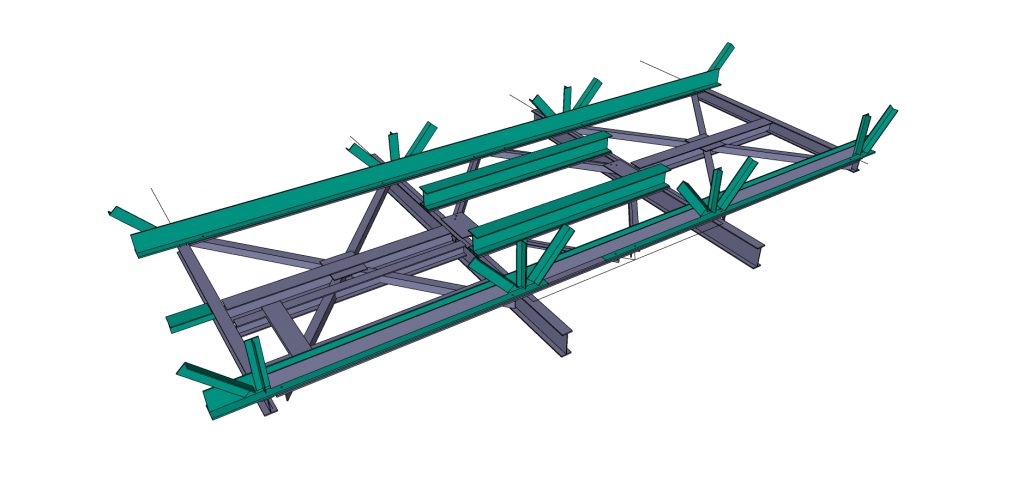
Welcome!
I want to bring you all on a journey that began in 1998 when I was trying to decide whether to pursue a career in Structural Engineering or enter the field of Computer Science and pursue software development. I ended up choosing Engineering and, after 4 years of university, worked as a Structural Engineer up until 2016. It was then that I decided to leave my relatively comfortable career and make the leap from developing SketchUp plugins as hobby / side business to a full time gig. This has turned out to be one of the best decisions of my life!
DECAsteel™ was first conceived sometime around 2012 when I was beginning to use SketchUp more and more in my structural engineering work. I loved using Profile Builder to design and visualize my structural steel designs in 3D. Most engineers in my office were still using pencil sketches and red-lines to exchange design information with the Structural CAD Tech, a process that had always bothered me due to its proneness to errors. I always tried to focus my designs on constructability and efficiency. Creating the steel design in 3D provided huge advantages in those areas.
This image is from one of my old engineering projects modeled using Profile Builder. I created engineering sketches from this partial 3D model that were used to perform field repairs for this gallery structure.

Having become familiar with many different steel design and analysis tools over the years, I always thought it would be so great if I could create a steel design extension for my beloved SketchUp. There’s just something about creating 3D in SketchUp that no other application could ever match. It’s hard to describe, but if you are a passionate SketchUp user like me, you know what I’m talking about.
As a structural engineer, I desired fast and efficient structural steel 3D modeling tools that would allow me to quickly visualize a design and catch interferences and constructability issues as early as possible. I didn’t want to have to wait for someone else to model my paper sketch in 3D before finding out that there was a deal-breaking problem!
Another issue that always bothered me was having to re-create my designs in multiple applications which leads to errors each time the design is exchanged. For example, a common workflow would be for the design to be rough-sketched on paper, then modeled using structural analysis software, then sketched again on paper with updated member sizes and dimensions. Next, the design sketch would be given to the CAD Tech to model in 3D or draw in 2D (yes, we still used 2D for many projects!) It just wasn’t very efficient.
Certain jobs called for a very quick turnaround as well. Field sketches might be needed during construction to solve an interference problem. Or an urgent structural repair needed to be done on site. There was no time for mistakes! So often, I felt limited by the software that was at my disposal at the time. Solutions like Tekla and ProSteel were too complicated and far too expensive. There had to be a better way!
With DECAsteel™, our mission is to create the most cost-effective and efficient set of tools for communicating the design of structural steel between the engineer, the shop, and the project team. It is an ambitious goal but one we are ready to strive for!
We hope you will join us in this mission by sending us lists of features that would be especially important for your own personal steel design workflows and by giving us feedback on the features that you see us working on (we plan to share our development progress often!) Make sure you sign up to receive our development newsletter on the home page, and to get in touch with us, just submit a request at the community forum.
Thank you!


